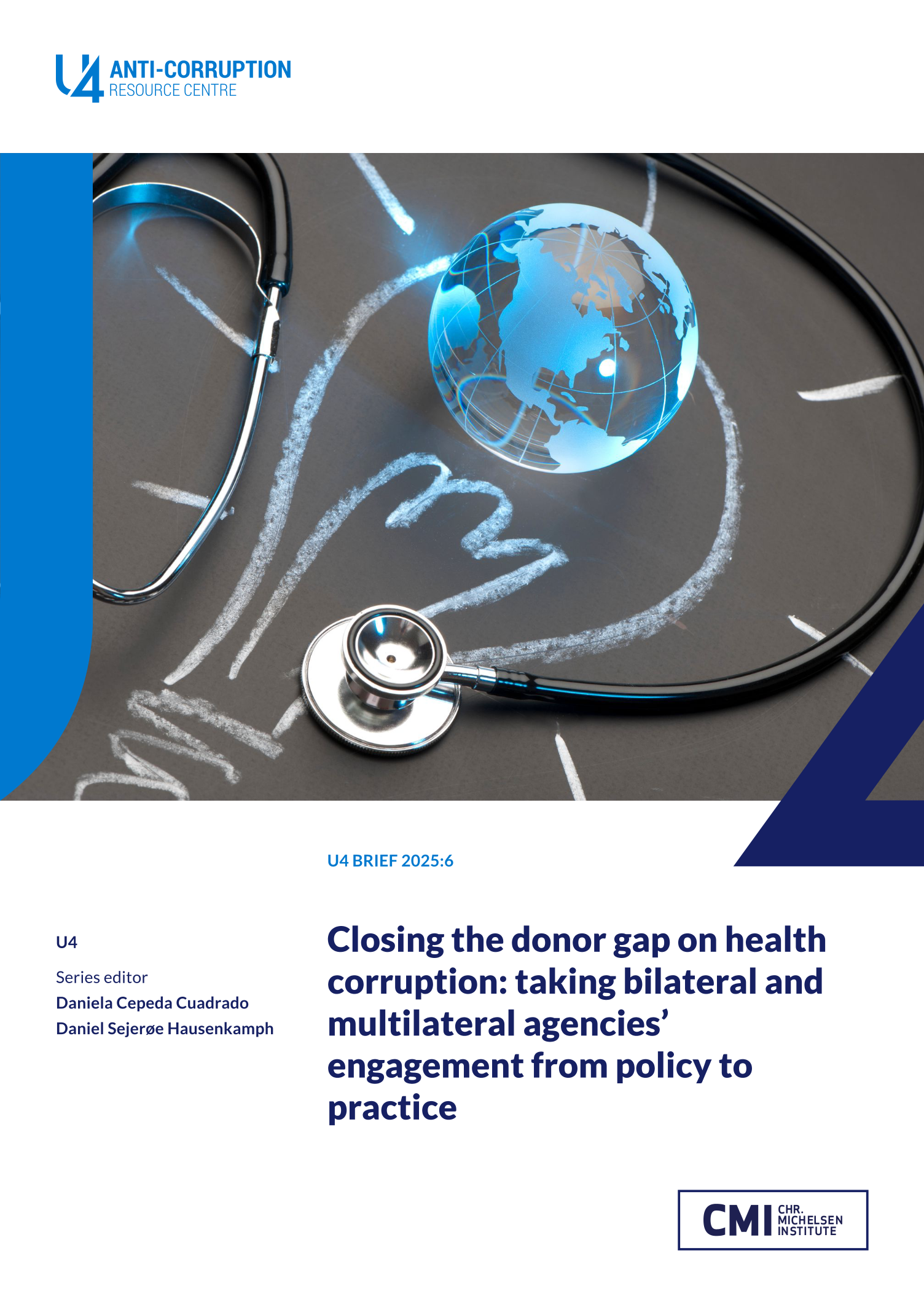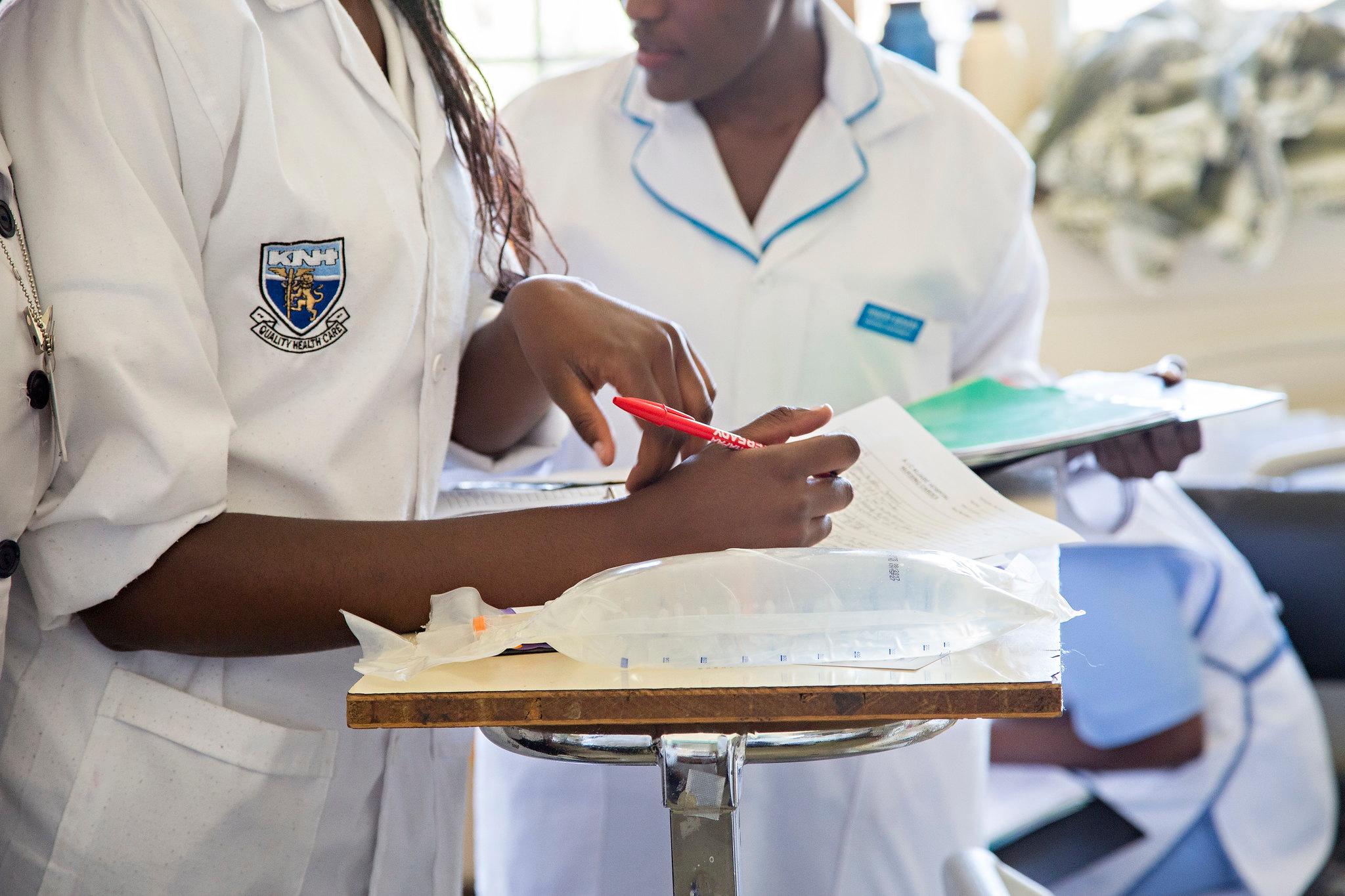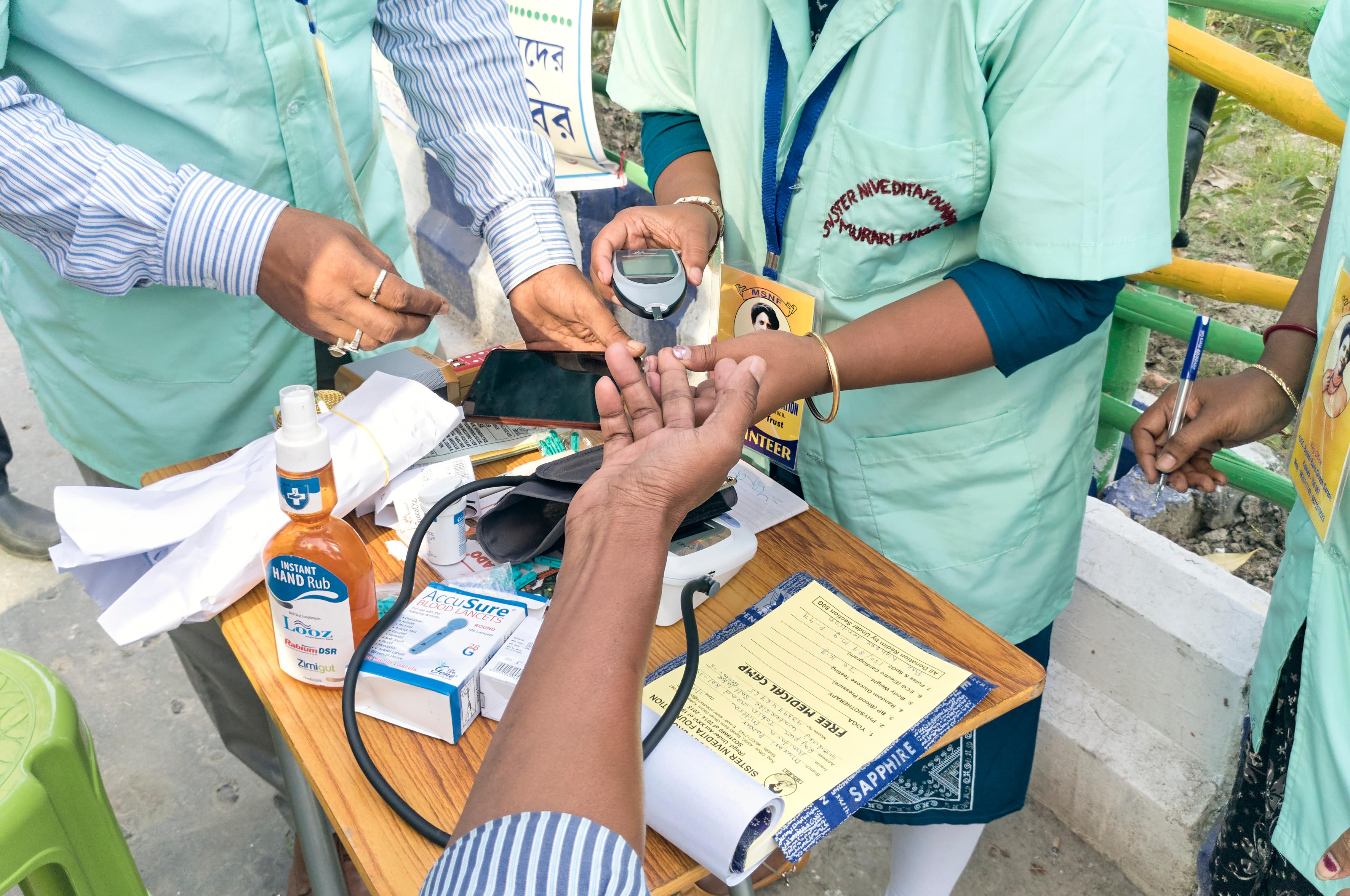Main points
- A huge gap exists between policy and practice. While the devastating cost of health sector corruption is well-known, the research found that donor funding and strategic focus on the issue remain critically low.
- A bilateral donor's official strategy is the single biggest factor for action. The research identifies three types of donor: those with integrated health and anti-corruption strategies (eg, Norway, Sweden, the US); those who treat them as separate priorities (eg, the UK, Germany); and those with no explicit focus on the link at all. Without an integrated strategy, the issue is consistently sidelined.
- Multilateral agency approaches usually follow a politically neutral framing, with few organisations explicitly integrating anti-corruption, transparency, and accountability into their health strategies. Instead, they work towards safeguarding their own funds rather than undertaking direct, programmatic anti-corruption work.
- Even with an official strategy, progress is blocked by persistent barriers. Donors are often hesitant to act due to the political sensitivity of corruption, the principle of aligning with partner governments who rarely prioritise the issue, and a perceived lack of evidence linking anti-corruption work to better health outcomes.
- Internal silos are a major obstacle. A disconnect between a donor's headquarters and its country missions, and a lack of collaboration between internal health and governance teams, prevent high-level policies from being translated into effective programmes at the community level.
- Recommendations for bilateral donors include that they should develop strategies to integrate anti-corruption measures into the health sector; work to ensure recognition of the issue and the need for action in high-level meetings and UN resolutions; and leverage existing, politically neutral health objectives as entry points to introduce anti-corruption principles.
- Recommendations for multilateral agencies include the need to integrate specific, actionable anti-corruption measures into their core strategies and country programming. They also need to work to actively strengthen weak national systems by investing in public financial management and procurement systems.
- All agencies should consider support for anti-corruption coalitions and civil society to increase bottom-up pressure for change. They should also invest in research to unlock action on health sector corruption and what works to mitigate it.



